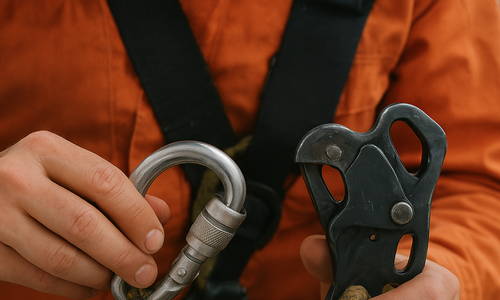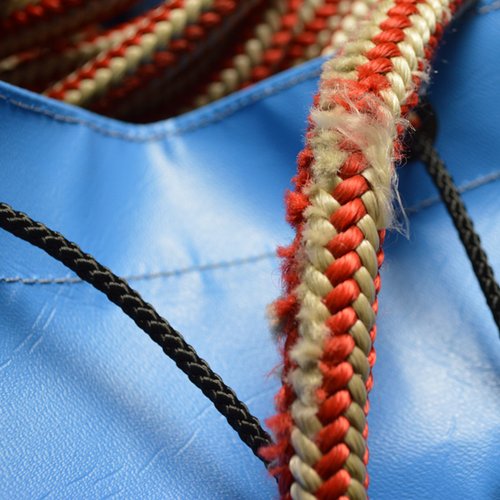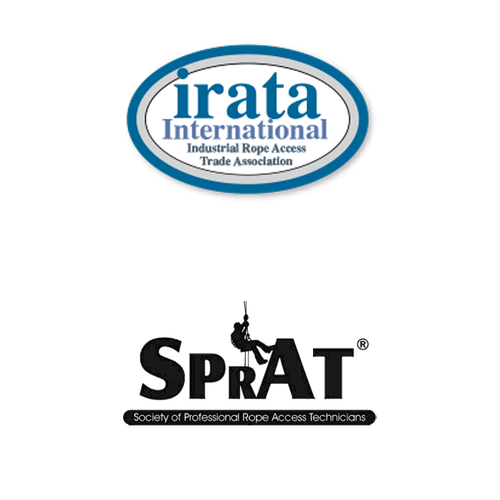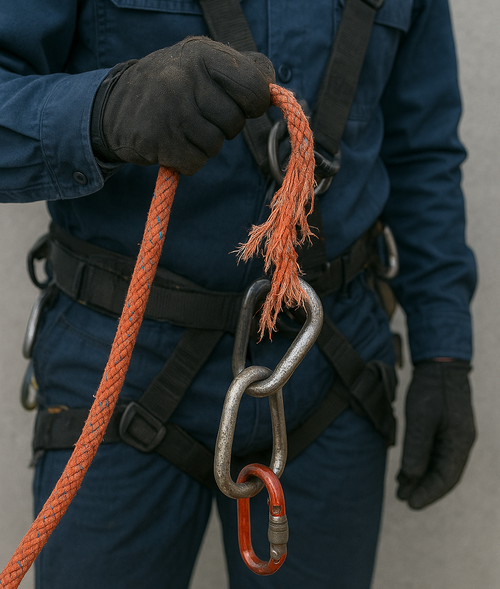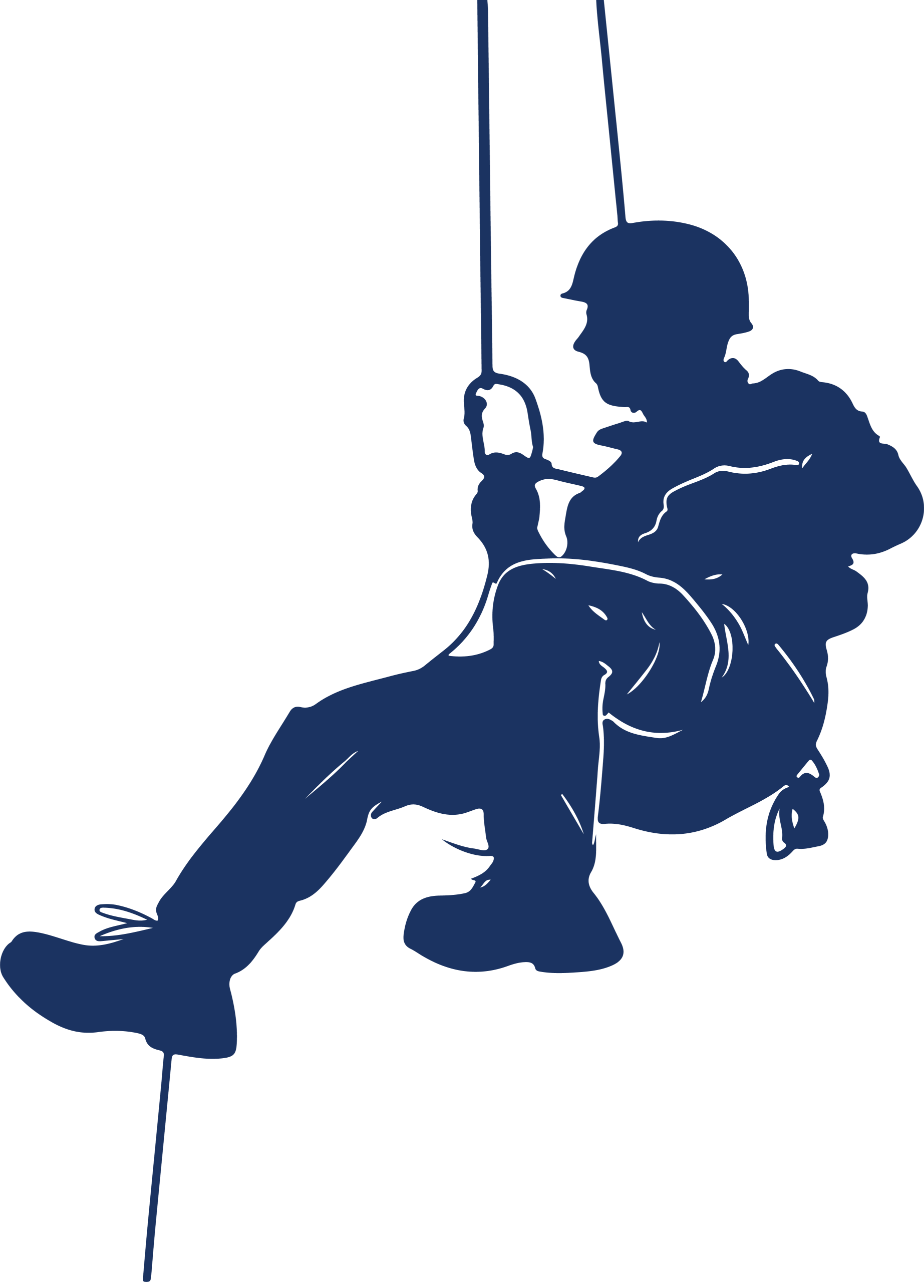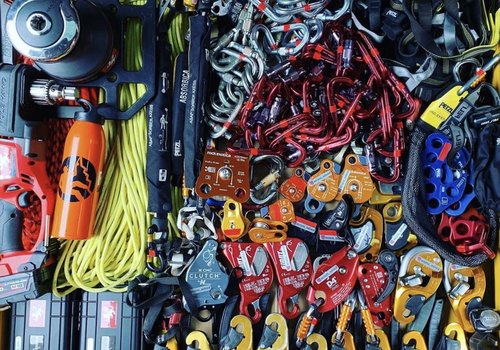The Importance of Maintaining Rope Access Equipment
In the world of rope access, safety isn’t just a guideline, it’s the foundation on which every task is built. Whether you’re scaling the side of a high-rise, performing inspections on industrial sites, or carrying out maintenance in hard-to-reach locations, your equipment is your lifeline. Quite literally, the integrity of your ropes, harnesses, carabiners, and descenders can mean the difference between a job completed safely and a catastrophic accident.
That’s why maintaining rope access equipment is not only a regulatory requirement but also a professional responsibility. In this post, we’ll explore why equipment care matters, what risks are involved with neglect, and practical steps rope access professionals can take to ensure their gear remains in peak condition.
